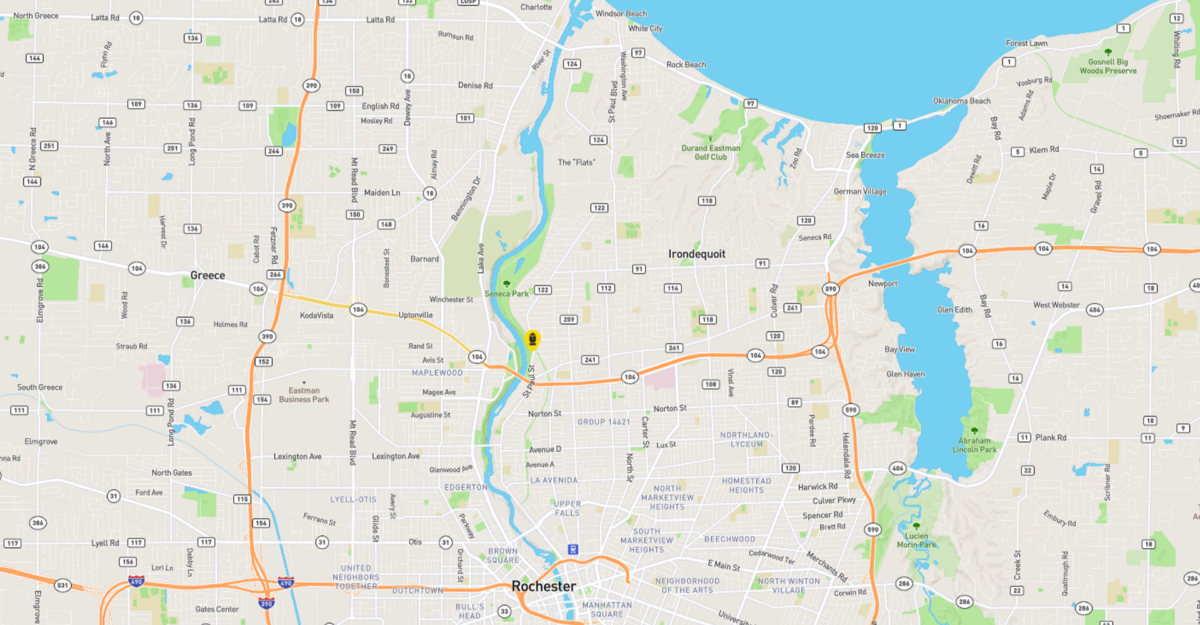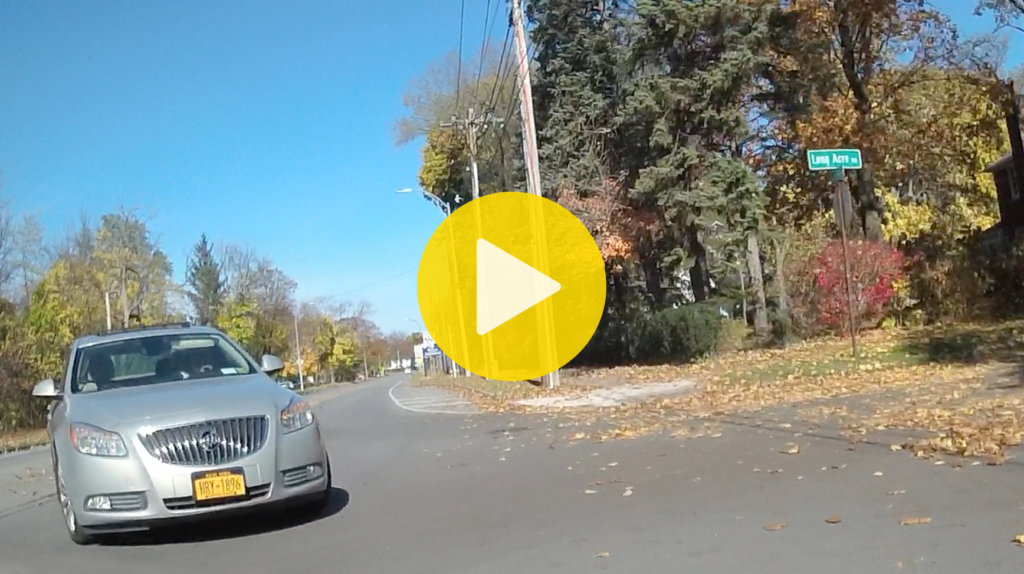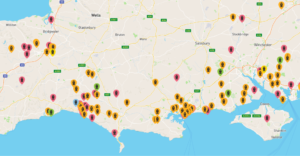Today, we’re sharing a personal account of a rider who had a firsthand experience of the perils that sometimes accompany our passion. This narrative serves as a reminder of the need for better safety measures and offers insight into the benefits of recording our rides.
Eight months ago, Richard from Rochester, New York had a nasty crash. Today, he stands fully recovered, ready to hit the road again. He tells us that the healing process took about 6-8 weeks post-crash, but he’s now back on the saddle, and he assures us he’s feeling better than ever.
The unfortunate incident occurred on a route he frequently traversed. As most cyclists can attest, familiarity with a route doesn’t guarantee a risk-free journey. Our rider recalls one other close call on the same stretch. It involved a bus that failed to indicate its intent to turn. Despite these experiences, he reminds us that, for the most part, the route offers a pleasant ride.
Record your ride. Make it count.

Why do you record your ride?
“I record my ride for safety. A friend was riding one day and was approached by two men in a Jeep “looking” for directions. My friend said he didn’t have his phone and didn’t know the roads that well. The two men then commented on his bike, at which point my friend rode away. Soon after, I bought a front-facing camera, a Drift, until I found Cycliq.”

Was this a route you often rode on, if so, have you experienced any other close calls or incidents?
“This was a route I took often. I used the road as a way to get home, as I was doing that day. I had one other close call with a bus further down the road. The bus was making a right-hand turn at a stop light but did not use its indicator. I do believe I have that video as well. Other than that, the riding on that road has been pretty good.”

8 months on, how was recovery?
“The recovery was good. I have no lingering issues and I was fully healed about 6-8 weeks after the crash.”

If reported, what was the reporting process?
“The crash was somewhat reported. By the time a police officer arrived, the scene had already been cleared and I was en route to the hospital for a check-up, leaving him with nothing to report. Nonetheless, I sought out the officer and requested that a report be filed, to which he reluctantly agreed. He seemed uninterested in viewing the video footage and assured me that the driver would face no repercussions. After about two weeks, the officer eventually completed the report, a copy of which I still need to obtain for my records. In addition to this, I also filled out a form through the Department of Motor Vehicles (DMV).”

What do you think are the most important things that can be done to improve safety for cyclists on the road?
It’s often the immediate assumption that cyclists are at fault in an incident. However, it’s essential to acknowledge that drivers should bear considerable responsibility due to their vehicles’ size and momentum. While it’s true that some cyclists make poor decisions, such as ignoring traffic signals, occupying the entire road in groups, or neglecting to use hand signals, the majority usually practice safe riding habits.
In terms of improving safety, a more robust biking infrastructure could certainly make a difference. However, a significant step would be to initially assign culpability to drivers, rather than automatically assuming the cyclist is at fault. This approach doesn’t mean drivers should merely receive a slap on the wrist. Instead, there should be meaningful consequences for actions that compromise safety on the roads.
Implementing such measures is never an easy task, especially considering that some people would rather cyclists stay off the roads altogether. Nevertheless, it’s crucial to continue striving for balanced road use that ensures safety for all parties involved.
Thanks for using UpRide Richard. We wish you a speedy recovery!

Want to share your story?
We’d love to hear from you. If you would like to share your stories and experience as a cyclist please reach out to the UpRide team.




